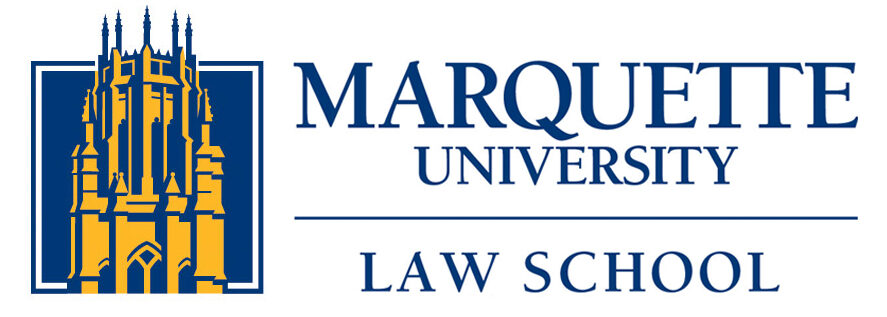Restorative Justice Week 2023
ANDREW CENTER CELEBRATES
RESTORATIVE JUSTICE WEEK 2023
A VISIT FROM SOUTH DIVISION HIGH SCHOOL
Marquette Law School Andrew Center for Restorative Justice hosted South Division High School’s restorative justice class to kick-off Restorative Justice Week (November 19 to November 25). Andrew Center Director, Mary Triggiano, and Amanda Coyle, Restorative Practices Coach at Milwaukee Public Schools, collaborated on the day-long event which included a facilitated a restorative justice circle for eighteen high school students. Two 10th grade students co-facilitated the restorative justice circle discussion with Director Triggiano. Participants from the high school included Dr. Francis Mutonya, Mr. Kenny Griffin, and Mrs. Joanna Rizzotto. Marquette Law restorative justice student, Mary Claire Griffith along with other law students, gave the high schoolers a tour of Marquette Law School Eckstein Hall. Pat Kennelly, Director of the Center for Peacemaking at Marquette University, joined the circle over lunch, describing his Center’s work in community. Stephanie Nikolay, Director of Admissions and Recruitment at Marquette Law School, gave a detailed presentation on law school admissions to the students.
Restorative justice views crime and conflict as harm to people and relationships, which is a different philosophy from the traditional justice system. It is a victim-centered approach that emphasizes the victim’s voice and needs, offender accountability and community engagement. Restorative justice can have transformative and healing potential for participants.
The Andrew Center for Restorative Justice promotes restorative justice to law students and the community. Our restorative justice work acknowledges with gratitude and respect the deep roots restorative justice has in indigenous peacemaking and conflict resolution. Please visit the Andrew Center for Restorative Justice’s webpage for up-to-date information on the Andrew Center and its work. The Andrew Center is planning events for 2024. Please join us!
